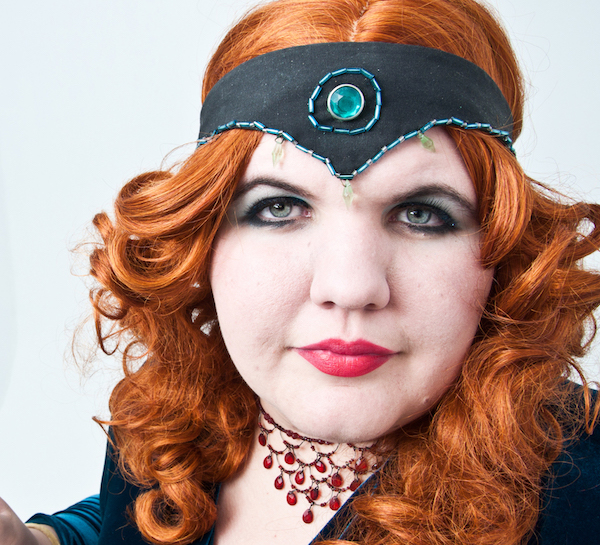Nivesana
What could we do? The wars nearly destroyed us, and once the peace had settled, plague came to finish us off. There was nothing else to do but this, to preserve our species. I know others are not happy with the idea. The Apas especially; they have not yet come around. But they will. If they want us to live, they will.The Nivesana, or Arranged Mating Protocols, is a yearly traditional ritual performed among eligible Prani. Hopefuls are matched up according to their compatibility in producing offspring -- usually one female to several males. The female Prani has final choice, and the couple enter into a temporary marriage contract, lasting anywhere from three months to two years. All women, save those with Ajivism, are eligible for the ritual. Men must have a certain scoring on Ramavasatha in order to be eligible. It is considered the highest honour for men of Maya to be chosen in the Nivesana.
History
The Nivesana was first put forth after the Plague ripped through Maya and removing large swathes of the population. The Prani were facing their possible extinction -- birth rates had already been dropping, and now many women were dead.
The Sabha-indriya had to come up with something, and quickly. The idea of arranged marriages was put forth and quickly dismissed. Marrying off eligible women to men would quickly result in a very angry, single male population, and it wouldn't guarantee a solution to the problem.
The mysteries of Prani fertility had yet to be cracked. For years, offspring had been produced with no issue across elemental and caste lines, but then after the war, birth rates had begun to drop with no apparent cause. Those scientists from Apasavasatha that were working on it didn't crack it before the plague came through and ravaged their country. All that survived were notes, and very few scholars were left.
So the Council of Five were left with little knowledge of how to ensure the procreation of their species, and an immediate need to solve the problem. One member of the Council, █████████, put forth the idea that would then become the way of doing things on Maya. The Nivesana, or Arranged Mating Protocols.
They were not a popular idea with everyone at first, especially not the Apas. But they worked. Within a few years, even, the proof of them working was seen, and soon the population stabilized and birth rates were not dropping quite so precipitously.
The people continued on with the tradition, year after year, because of that initial success. In recent years, however, it's become clear that the Nivesana is not the only solution to the fertility problems of the Prani. Current modelling suggests that if it is the only intervention utilized, the Prani will be extinct within two centuries.
Despite this, its defenders are fierce, and questioning its supremacy is a dangerous proposition.
Execution
Once a year the hopefuls put forth their names to be considered for the ceremony, and the facilitators choose who gets to participate.
Because of the lack of women on Maya, all women who are eligible are expected to participate each year. Exceptions to this are for women who have participated successfully three times. They are allowed to sit out future Nivesana, though it is hoped they continue to participate regardless.
The facilitators then look at the different hopefuls, going over caste, elemental basis, Ramavasatha scores, and character references from friends and colleagues. They choose a large collection of contenders, and then the men are put through various tests before they are allowed to participate.
A recent addition to the testing is one for Ajivism, ever since an otherwise spotless candidate slipped through and caused much pain and suffering to his contracted spouse.
Once cleared of the tests, the men are sorted into groups, separated by caste and element. The women are given several groups each to choose from, and they get to pick their candidates from each group for a series of dates. From those dates, the woman's selection is narrowed down, until she chooses one hopeful from all of them.
If all of the dates are unsatisfactory, then different men are chosen from the groups, and the process begins again.
At the end, the woman offers a marriage contract to the man she chooses, and if he accepts they work out the terms. (No man has ever refused.) Terms of the contract range from 3 months to 2 years, depending on personal preferences. (Apas and Visesa tend to prefer lengthier contracts, whereas Vayu and Agni like shorter ones. Dyaus have no apparent preference.)
Couples stay together to create offspring. They are able to renew their contracts to last longer once offspring is produced, so that the child may get the benefit of both parents for as long as possible. Once two offspring are produced, men are ineligible for any new contracts for ten years from the birth of the second child. Women continue to be eligible and required to participate until three children have been produced.
While, theoretically, a contract could be renewed if a couple wanted to stay together longer, this is not often done. Those who do it will find themselves quickly falling in esteem among their peers, as they will be seen to be monopolizing people who could produce more children for the species.
Observance
Every year, at the beginning of spring, the rites are observed.
Primary Related Location
Important Locations
Related Organizations
Related Ethnicities






Comments